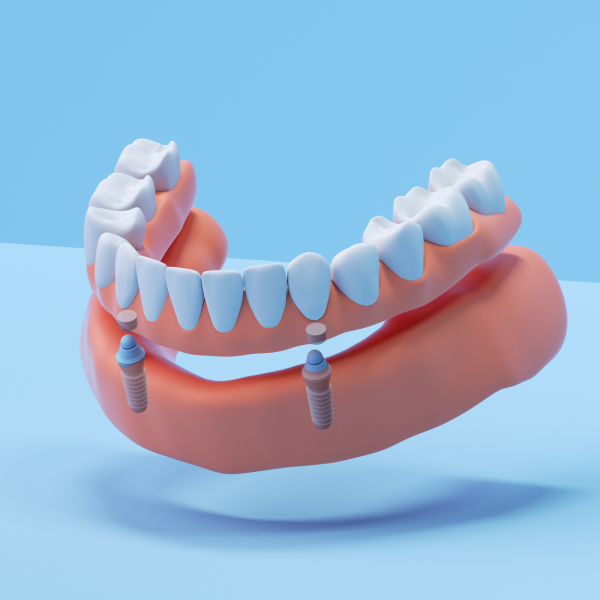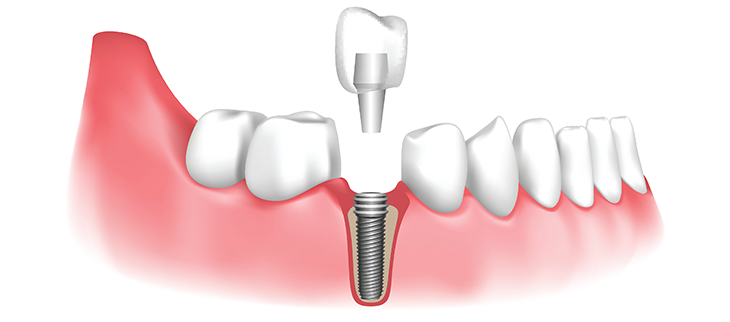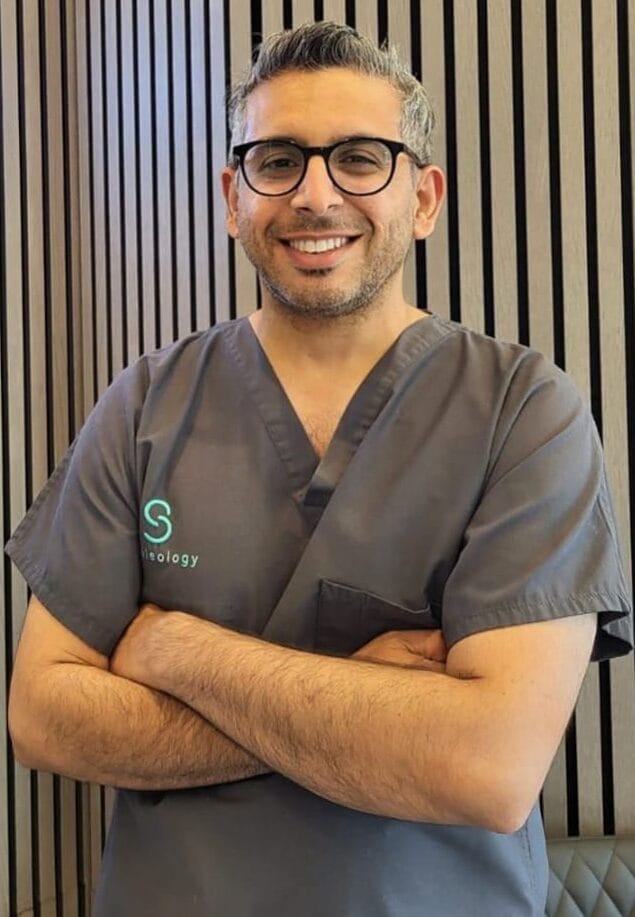Experience the most up to date Developments in Dental Implants Innovation
As the area of dental care proceeds to advance, the advancements in oral implant technology have been absolutely nothing except remarkable. From making use of advanced materials that improve sturdiness to the application of digital imaging for accurate placement, these innovations are transforming the landscape of oral treatment. With minimally intrusive medical techniques and the personalization capabilities of 3D printing, individuals currently have actually accessibility to tailored services that were when unimaginable. Furthermore, the integration of technology is reinventing the functionality of oral implants, assuring improved end results and client fulfillment.
Advanced Products for Enhanced Resilience
In the world of dental implants technology, the assimilation of innovative products has actually dramatically added to enhancing durability and durability of these essential dental prosthetics. The utilization of products such as titanium alloys, zirconia, and ceramic compounds has actually changed the area by providing enhanced stamina, resistance, and biocompatibility to corrosion.
Titanium alloys are commonly utilized in oral implants as a result of their phenomenal strength-to-weight proportion, rust resistance, and compatibility with the body. These alloys make sure the stability and durability of the dental implant by withstanding the forces exerted throughout chewing and speaking, offering a reputable solution for clients seeking durable tooth replacements.
Zirconia, a kind of ceramic product, has obtained appeal for its biocompatibility and all-natural tooth-like appearance. Its high stamina and resistance to put on make it an appropriate choice for oral crowns and bridges, improving the general aesthetics and functionality of the dental implant.

Digital Imaging for Specific Placement
The advancement of dental implants modern technology has even more advanced with the integration of digital imaging methods, making sure exact placement of these prosthetics for optimal useful and visual end results. Digital imaging plays a critical role in the preparation and positioning of dental implants by giving in-depth 3D pictures of the patient's jawbone structure. This modern technology allows dental professionals to assess bone density, find crucial structures, and prepare the precise placement and angle for implant placement with exceptional accuracy.
By using digital imaging, dental practitioners can create online surgical overviews that function as a roadmap throughout the dental implant placement procedure. These guides are personalized for every individual, considering their one-of-a-kind makeup and the preferred result. This level of precision not only enhances the success price of oral implant procedures however also minimizes the risk of issues.
Moreover, digital imaging allows dentists to envision the final prosthetic restoration prior to the real placement of implants, enabling careful preparation and making sure that the end result satisfies the client's visual expectations. On the whole, the integration of digital imaging modern technology has reinvented the field of oral implants, offering people an extra predictable, reliable, and patient-specific treatment approach.

Minimally Intrusive Surgical Strategies


Developments in medical methods have actually brought about the development of minimally intrusive methods in the field of dental implantology. These strategies intend to minimize injury to the individual, shorten recuperation times, and enhance general treatment end results. Minimally invasive operations involve smaller sized cuts, specialized tools, and advanced imaging innovations to specifically position oral implants with marginal disturbance to bordering tissues.
One secret facet of minimally invasive strategies is making use of led surgical procedure, where 3D imaging and computer-aided layout software application are used to intend the dental implant positioning with wonderful accuracy. This permits for a more predictable end result and can frequently eliminate the need for extensive flap surgical procedure.
Additionally, improvements in products and implant design have actually additionally added to the success of minimally invasive approaches. Implants with improved get more surface homes advertise much faster why not check here osseointegration, minimizing the recovery time required before the prosthetic restoration can be put.
3D Printing for Personalized Solutions
Utilizing 3D printing technology in oral implantology enables the development of extremely tailored solutions customized to private patient needs and physiological variations. This innovative technology allows dental professionals to make and make dental implants with phenomenal precision and precision. By utilizing electronic imaging techniques, such as cone beam of light calculated tomography (CBCT), comprehensive 3D models of the person's dental cavity can be produced to direct the dental implant planning procedure.
Among the key advantages of 3D printing in dental implantology is the ability to produce patient-specific implants that perfectly fit the unique composition of each individual. This individualized method aids boost the general success and longevity of the implant by making sure optimum fit and alignment. In addition, 3D printing enables for the manufacturing of intricate geometries and detailed structures that would be difficult or impossible to accomplish using conventional manufacturing techniques.
Moreover, 3D printing innovation allows dental professionals to improve the implantation process, decreasing surgical treatment time and improving overall client experience. With its ability to develop personalized remedies rapidly and effectively, 3D printing is changing the field of oral implantology, offering patients cutting-edge therapy choices and boosted outcomes.
Integrated Modern Technology for Improved Capability
Executing advanced modern technology in dental implantology boosts capability and precision, boosting the requirement of care for patients going through dental implant procedures. Integrated modern technology plays a vital role in boosting the general success and toughness of oral implants. One vital innovation is the combination of electronic scanning and imaging modern technologies, such as cone-beam calculated tomography (CBCT) and intraoral scanners. These devices allow for thorough weblink 3D imaging of the individual's oral frameworks, facilitating precise therapy preparation and dental implant positioning.
Additionally, the integration of computer-aided layout and computer-aided manufacturing (CAD/CAM) innovation makes it possible for the creation of personalized dental implant reconstructions with extraordinary precision. CAD/CAM systems utilize digital impacts to design prosthetics that perfectly fit the individual's unique composition, guaranteeing optimal convenience and performance. Furthermore, making use of robotic-assisted surgical treatment in implant placement boosts precision and minimizes the risk of human error.
Final Thought
Finally, the most recent advancements in oral implants modern technology offer improved resilience with advanced products, precise positioning with digital imaging, minimally intrusive surgical techniques, personalized remedies with 3D printing, and enhanced functionality with integrated modern technology - Dental implants Kent. These innovations in oral implants technology are reinventing the area and offering patients with even more efficient and reliable treatment choices for restoring their smiles and dental health
The assimilation of innovation is revolutionizing the capability of oral implants, promising enhanced outcomes and patient fulfillment.
The evolution of oral implants technology has additionally advanced with the integration of electronic imaging strategies, guaranteeing precise positioning of these prosthetics for ideal functional and aesthetic end results. Minimally invasive surgical treatments include smaller sized incisions, specialized instruments, and advanced imaging modern technologies to precisely place oral implants with marginal disturbance to surrounding cells.
Carrying out sophisticated technology in dental implantology enhances functionality and accuracy, raising the criterion of care for clients going through dental implant procedures. Dental implants Kent. Integrated innovation plays a critical duty in boosting the total success and longevity of dental implants